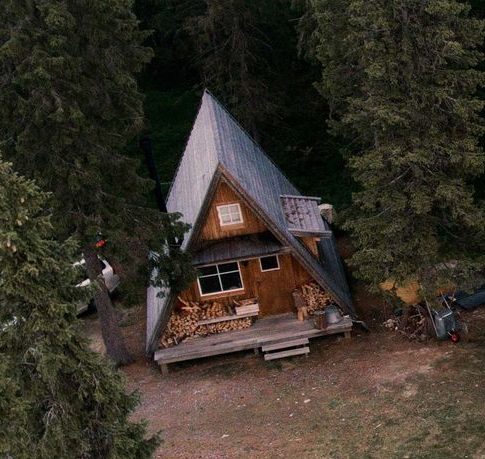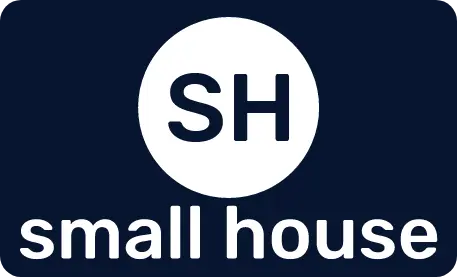A-Frame Cabin Retreats 2025: Best Locations, Costs, and Booking Checklist

Go where the air is clear and the rooflines are steep. This guide to a-frame cabin retreats shows you exactly where to book, what to expect in peak vs shoulder seasons, and how nightly rates shift with location, size, and amenities. You’ll learn how to shortlist regions, compare cabins with reliable filters (heat, insulation, Wi-Fi, hot tub), and balance views vs access on gravel or snow-prone roads. We include a booking checklist to prevent last-minute surprises, plus a practical packing list for cold snaps and rainy days. Whether you’re planning a quiet workcation or a weekend escape, you’ll find real-world tips on deposits, cleaning fees, cancellation windows, and early check-in strategies. Use this page as your fast planner for a-frame cabin retreats that feel intentional, on-budget, and stress-free.
Quick take
Book shoulder seasons for value, lock dates early for snow weeks, and confirm access before you pay. For a-frame cabin retreats, prioritize insulation and heat (mini-split or stove + backup), then Wi-Fi if you need work calls. Ask hosts about road type, plowing, and cell coverage; arrive in daylight on gravel or mountain routes. Budget beyond the nightly rate for cleaning fees, taxes, and hot-tub or pet add-ons. Pack layers, waterproof boots, headlamp, and a small first-aid kit; use the booking checklist to avoid last-minute surprises.
- Book shoulder seasons for value and calmer trails.
- Remote A-frames need AWD/4×4 in snow or heavy rain.
- Confirm heat, insulation, and hot water before paying.
- Ask for exact location and road type, not just a pin.
Where to Go for A-Frame Cabin Retreats
- Pacific Northwest: forest views, rain-ready cabins.
- Rockies: alpine lakes, snow access; book early for winter.
- Northeast: fall colors, steep roofs, small towns.

- Scandinavia-style picks: minimalist interiors, sauna options.
- Coastal mountains: storms possible; check road closures.
- National parks periphery: fewer fees, more availability.
Nightly rates by season
| Season | Typical range* | Notes |
|---|---|---|
| Peak (ski / holidays) | $250–$600 | Min stays, cleaning fees higher. |
| Shoulder (spring/fall) | $150–$350 | Best value, mild weather. |
| Low (mud season / hot summer) | $120–$260 | Great deals; bugs or road ruts possible. |
*Ranges vary by region, size, amenities, and access.

Booking checklist
- Access: AWD/4×4? Chains required? Plowed road?
- Heat/Cooling: mini-split or stove + backup heat.
- Insulation: well-sealed lofts stay warmer and quieter.
- Water/Power: well vs city water; generator policy off-grid.
- Wi-Fi/Cell: remote work or emergency calls.
- Policies: pets, hot tub, firewood, quiet hours, cancellations.
Packing List for A-Frame Cabin Retreats
- Layers, waterproof boots, warm hat/gloves.
- Headlamp, spare batteries, small first-aid kit.
- Compact groceries, spices, coffee gear.
- Microfiber towels, slippers, swimwear if hot tub.
- Phone power bank, car charger.
- Trail map or offline app; paper backup.
Safety & access
- Check forecast and road conditions 48h before arrival.
- Arrive in daylight if roads are unlit or steep.
- Store food safely; wildlife visits are common.
For building/technical details, see our A-frame plans & builders guide.

FAQ
When should I book for snow season?
8–12 weeks ahead for weekends. Mid-week dates stay cheaper and easier. Do I need 4×4 for A-frame retreats? If snow, ice, or steep gravel roads are likely, yes. Ask hosts for recent access photos. Are A-frames cold in winter?
Well-sealed A-frames with mini-splits or stoves stay warm. Drafty lofts feel cold; confirm insulation.
Internal links
On-page checklist: focus keyphrase in H1 and intro, descriptive alt text, internal links, canonical set to the new URL.


